Among missing artifacts, the Holy Grail is probably one of the most talked about treasures, with several myths connected to it. Recently, a team of archaeologists delved deep into a hidden tomb in Petra, Jordan, and unearthed the 12 ancient skeletons along with a chalice resembling the Holy Grail, as part of Discovery Channel's "Expeditions Unknown." The team was granted permission to conduct remote sensing scans and dig beneath a structure called The Treasury, to study the ancient Nabataean civilization.
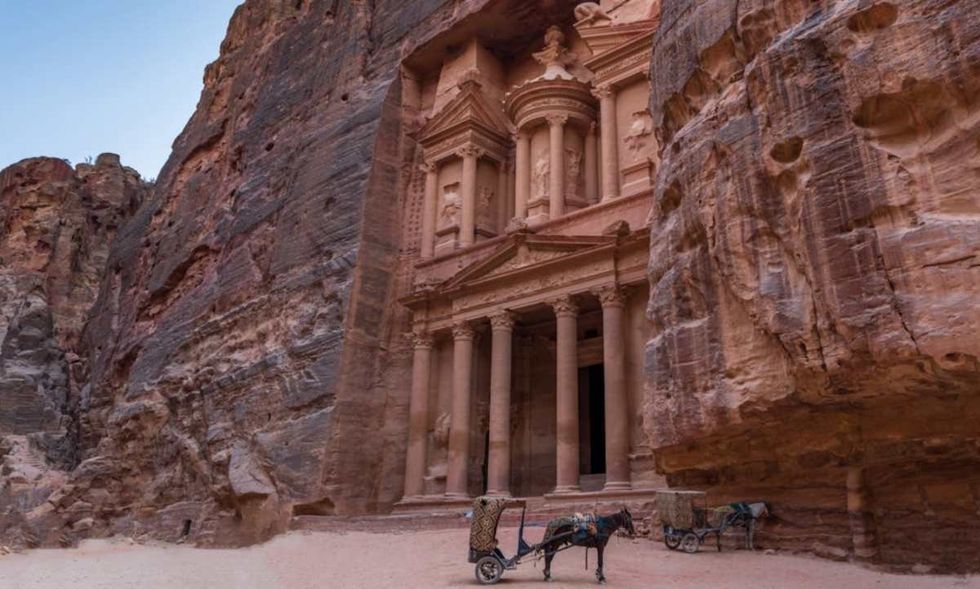
The Jordanian-American project was joined by adventurer Josh Gates, who claimed that this recent discovery is one of the "new seven wonders of the world." "We were absolutely stunned by the revelation of this hidden chamber," Gates said in a statement, per Newsweek. "Since nearly all of the tombs at Petra have been found empty, this is perhaps the most significant tomb ever found at Petra and a discovery of historic proportions." The Treasury has long baffled archaeologists, but now they have the means to know more about the lives of the Nabataean people. "There is so much that we have yet to learn about the Treasury," Pearce Paul Creasman, Executive Director of the American Center of Research (ACOR) who led the excavation, said in the statement.
"When was this remarkable structure built, and why? Little did we know that this dig might completely change what we know about the Treasury and help solve the mysteries of the Nabataean people," he added "With the support of the Jordanian government, this excavation is bringing us closer than ever to answers." One of the most interesting finds was a skeleton at the site clutching a ceramic vessel that bore a striking resemblance to the Holy Grail. "When we spotted what looked like a chalice, all of us just froze," Gates said. "It looked nearly identical to the Holy Grail featured in Indiana Jones and the Last Crusade, set in the ancient building directly above the tomb. It was the ultimate moment of life imitating art."
According to Warner Brothers Discovery, archaeologist Pearce Paul Creasman said, “There is so much that we have yet to learn about The Treasury. When was this remarkable structure built, and why? Little did we know that this dig might completely change what we know about The Treasury and help solve the mysteries of the Nabataean people. With the support of the Jordanian government, this excavation is bringing us closer than ever to answers.”
The tomb was first discovered in 2003 but it wasn't explored until now. The team of experts used modern tech including remote sensors powered by radar to locate the tomb that was buried deep beneath the surface. The Holy Grail on the other hand is believed to be the chalice from which Jesus Christ drank during the Last Supper, and the object has since been at the center of a lot of conspiracy theories and legends, as per Newsweek. However, further examinations carried out on the cup discovered at Petra revealed that the object is merely the top half of a broken jug that dates back to the 1st century BC. Even though it is not the original Holy Grail, the exploration still provided great insights into Nabataean culture and history.










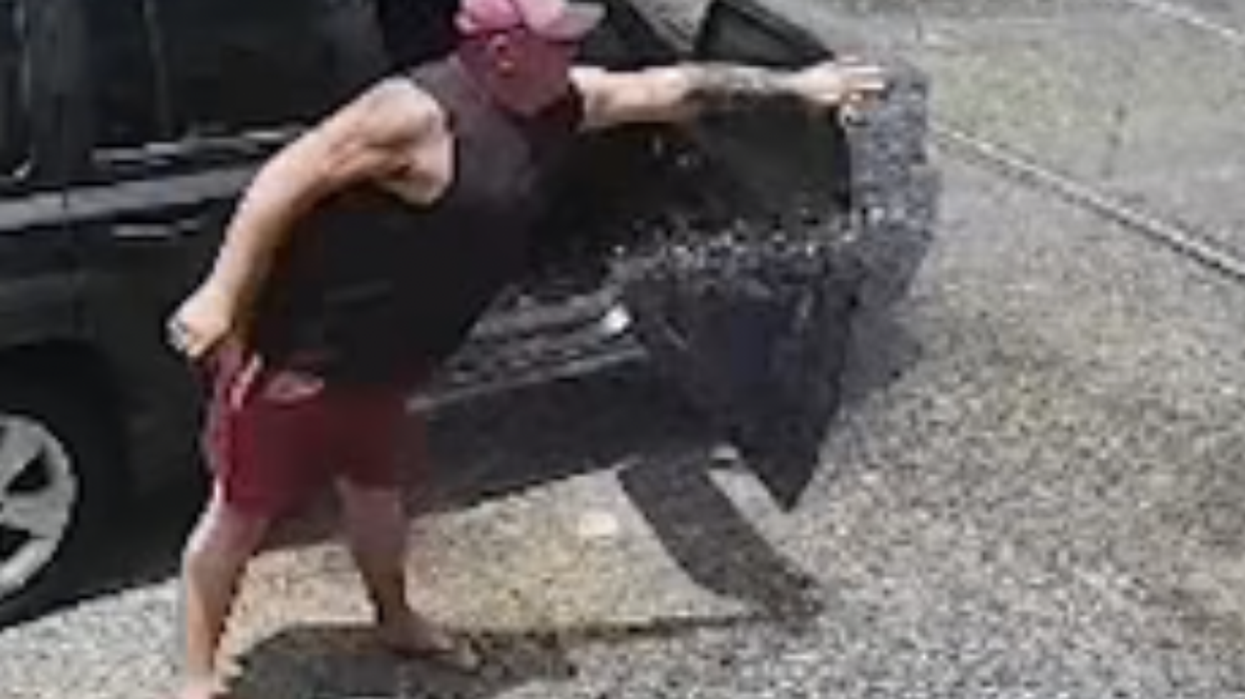

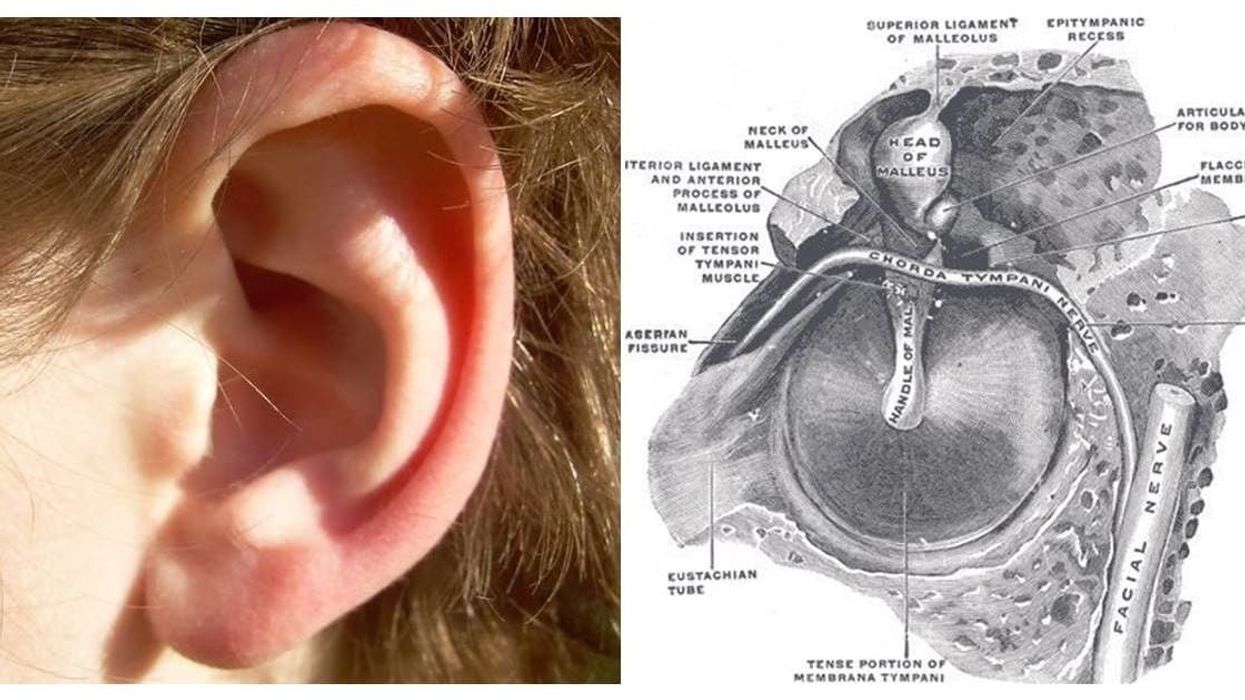




 Pexels | Photo by Andrea Piacquadio
Pexels | Photo by Andrea Piacquadio
 An Atlantic grey seal looking at the camera underwater. (Representative Image Source: Getty Images | Mark Chivers)
An Atlantic grey seal looking at the camera underwater. (Representative Image Source: Getty Images | Mark Chivers) A grey seal swims up to a scuba diver. (Representative Image Source: Getty Images | Huw Thomas)
A grey seal swims up to a scuba diver. (Representative Image Source: Getty Images | Huw Thomas) A Grey seal nibbles at the hood of a scuba diver. (Representative Image Source: Getty Images | Bernard Radvaner)
A Grey seal nibbles at the hood of a scuba diver. (Representative Image Source: Getty Images | Bernard Radvaner)
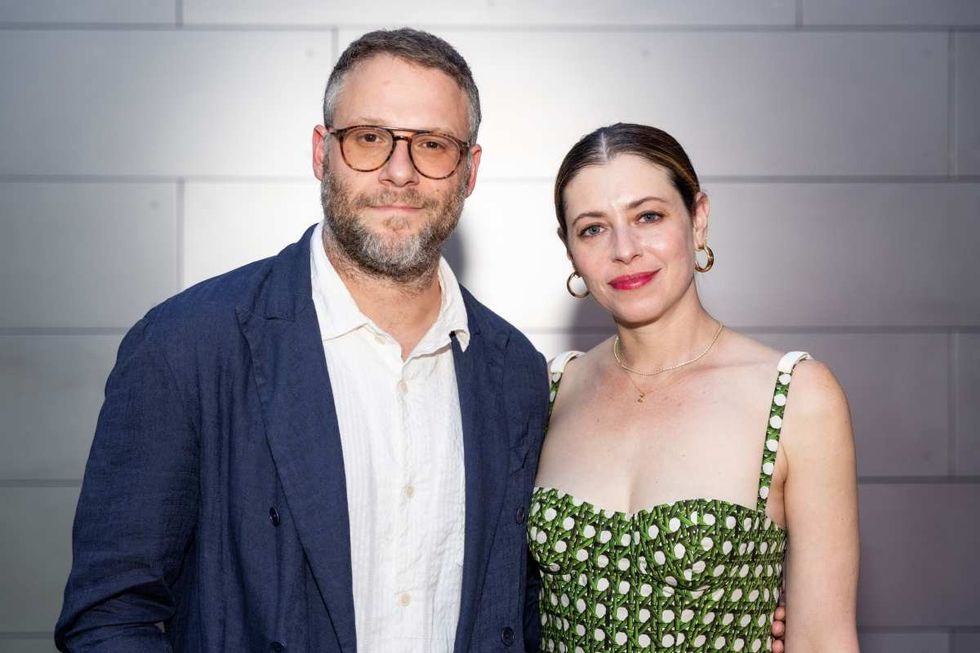 Image Source: Seth Rogen and Lauren Miller Rogen co-host the HFC Austin Brain Health Dinner on September 30, 2023, in Austin, Texas. (Photo by Rick Kern/Getty Images for Hilarity for Charity)
Image Source: Seth Rogen and Lauren Miller Rogen co-host the HFC Austin Brain Health Dinner on September 30, 2023, in Austin, Texas. (Photo by Rick Kern/Getty Images for Hilarity for Charity) Image Source: Seth Rogen and Lauren Miller Rogen attend the 95th Annual Academy Awards on March 12, 2023 in Hollywood, California. (Photo by Arturo Holmes/Getty Images )
Image Source: Seth Rogen and Lauren Miller Rogen attend the 95th Annual Academy Awards on March 12, 2023 in Hollywood, California. (Photo by Arturo Holmes/Getty Images ) Image Source: YouTube |
Image Source: YouTube |  Image Source: YouTube |
Image Source: YouTube | 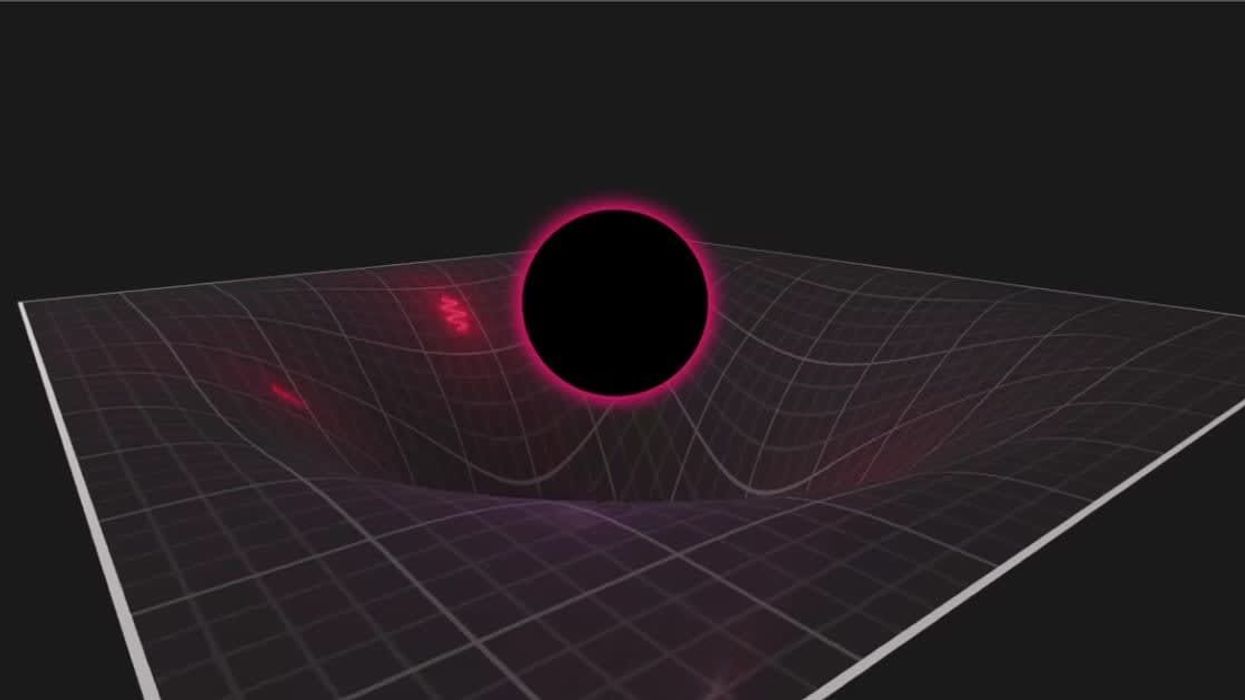
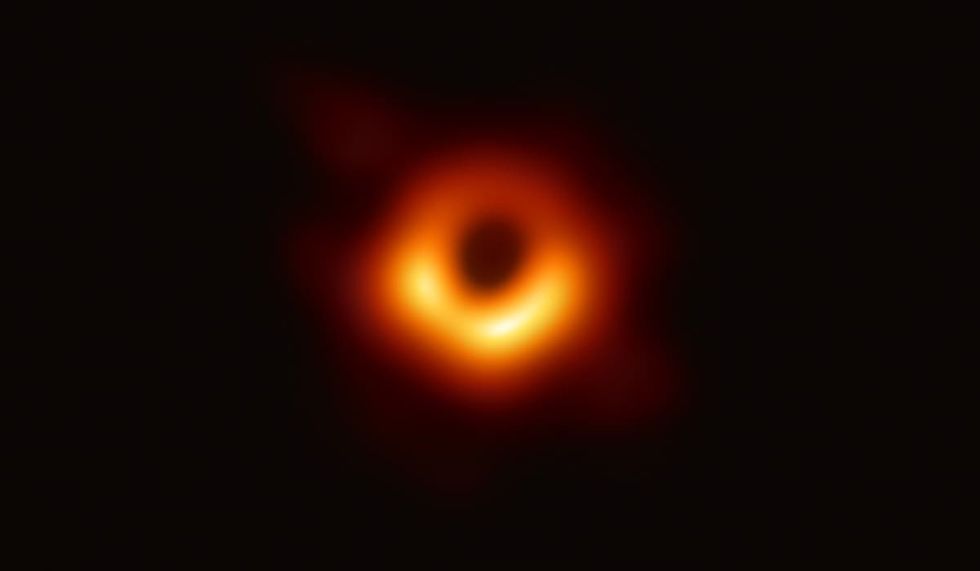 Image Source: In this handout photo provided by the National Science Foundation, the Event Horizon Telescope captures a black hole at the center of galaxy M87 in an image released on April 10, 2019. (National Science Foundation via Getty Images)
Image Source: In this handout photo provided by the National Science Foundation, the Event Horizon Telescope captures a black hole at the center of galaxy M87 in an image released on April 10, 2019. (National Science Foundation via Getty Images)
 Representational Image Source: Pexels I Photo by Nataliya Vaitkevich
Representational Image Source: Pexels I Photo by Nataliya Vaitkevich Representative Image Source: Pexels | Kampus Production
Representative Image Source: Pexels | Kampus Production
 Image Source: Destroyed vehicles lie near the rubble after the earthquake and tsunami devastated the area on March 16, 2011, in Minamisanriku, Japan. The 9.0 magnitude strong earthquake struck offshore on March 11 at 2:46 pm local time, triggering a tsunami wave of up to ten meters which engulfed large parts of north-eastern Japan. (Photo by Chris McGrath/Getty Images)
Image Source: Destroyed vehicles lie near the rubble after the earthquake and tsunami devastated the area on March 16, 2011, in Minamisanriku, Japan. The 9.0 magnitude strong earthquake struck offshore on March 11 at 2:46 pm local time, triggering a tsunami wave of up to ten meters which engulfed large parts of north-eastern Japan. (Photo by Chris McGrath/Getty Images)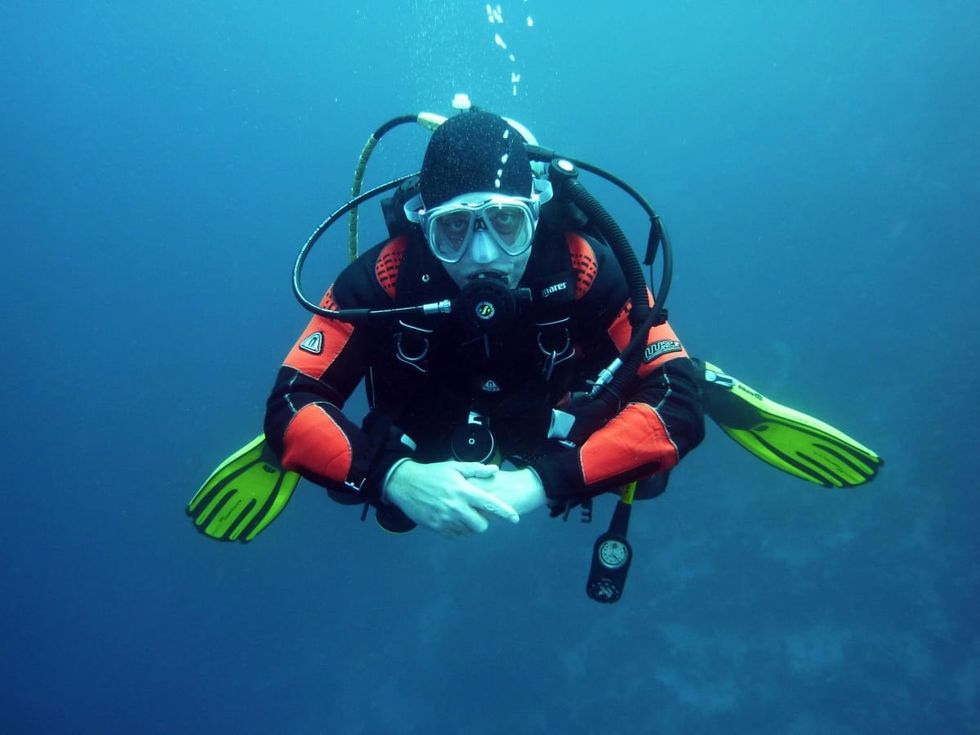 Representative Image Source: Pexels | Pixabay
Representative Image Source: Pexels | Pixabay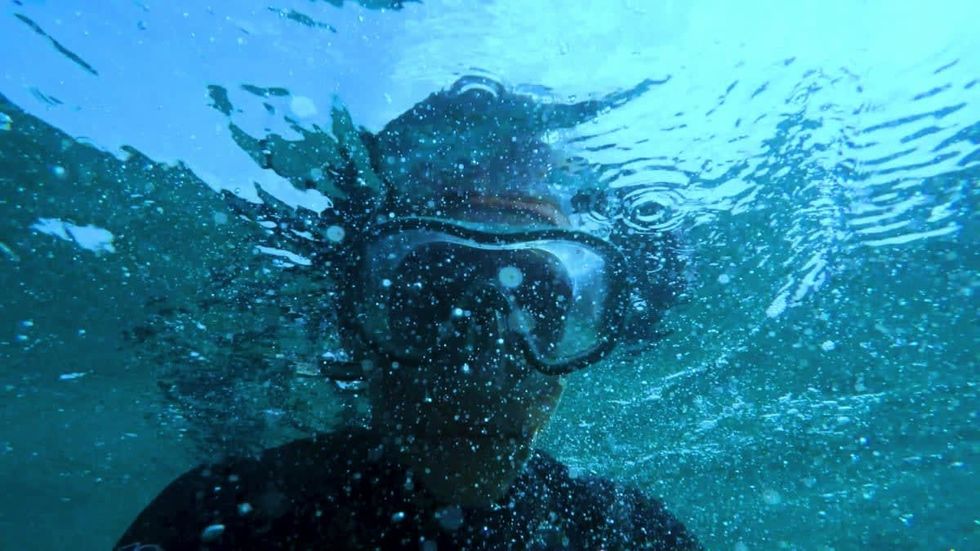 Representative Image Source: Pexels | Stuart Pritchards
Representative Image Source: Pexels | Stuart Pritchards
 Image Source: Musician Keith Urban and actress Nicole Kidman arrive at the 2009 American Music Awards at Nokia Theatre L.A. Live on November 22, 2009 in Los Angeles, California. (Photo by Jeffrey Mayer/WireImage)
Image Source: Musician Keith Urban and actress Nicole Kidman arrive at the 2009 American Music Awards at Nokia Theatre L.A. Live on November 22, 2009 in Los Angeles, California. (Photo by Jeffrey Mayer/WireImage) Image Source: Keith Urban and Nicole Kidman attend The 2024 Met Gala on May 06, 2024 in New York City. (Photo by John Shearer/WireImage)
Image Source: Keith Urban and Nicole Kidman attend The 2024 Met Gala on May 06, 2024 in New York City. (Photo by John Shearer/WireImage) Image Source: Musician Keith Urban and actress Nicole Kidman arrive at the Oscars on February 24, 2013 in Hollywood, California. (Photo by Jeff Vespa/WireImage)
Image Source: Musician Keith Urban and actress Nicole Kidman arrive at the Oscars on February 24, 2013 in Hollywood, California. (Photo by Jeff Vespa/WireImage)
 Representative Image Source: Pexels | August de Richelieu
Representative Image Source: Pexels | August de Richelieu Representative Image Source: Pexels | August de Richelieu
Representative Image Source: Pexels | August de Richelieu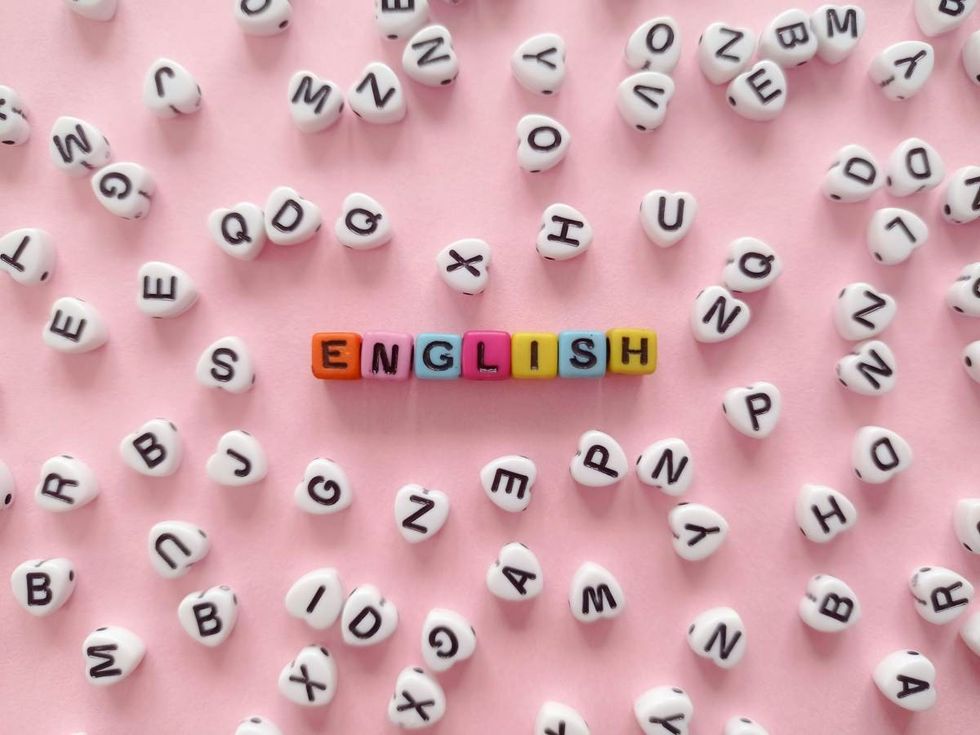 Representative Image Source: Pexels | Djordje Vezilic
Representative Image Source: Pexels | Djordje Vezilic Representative Image Source: Pexels | Fauxels
Representative Image Source: Pexels | Fauxels